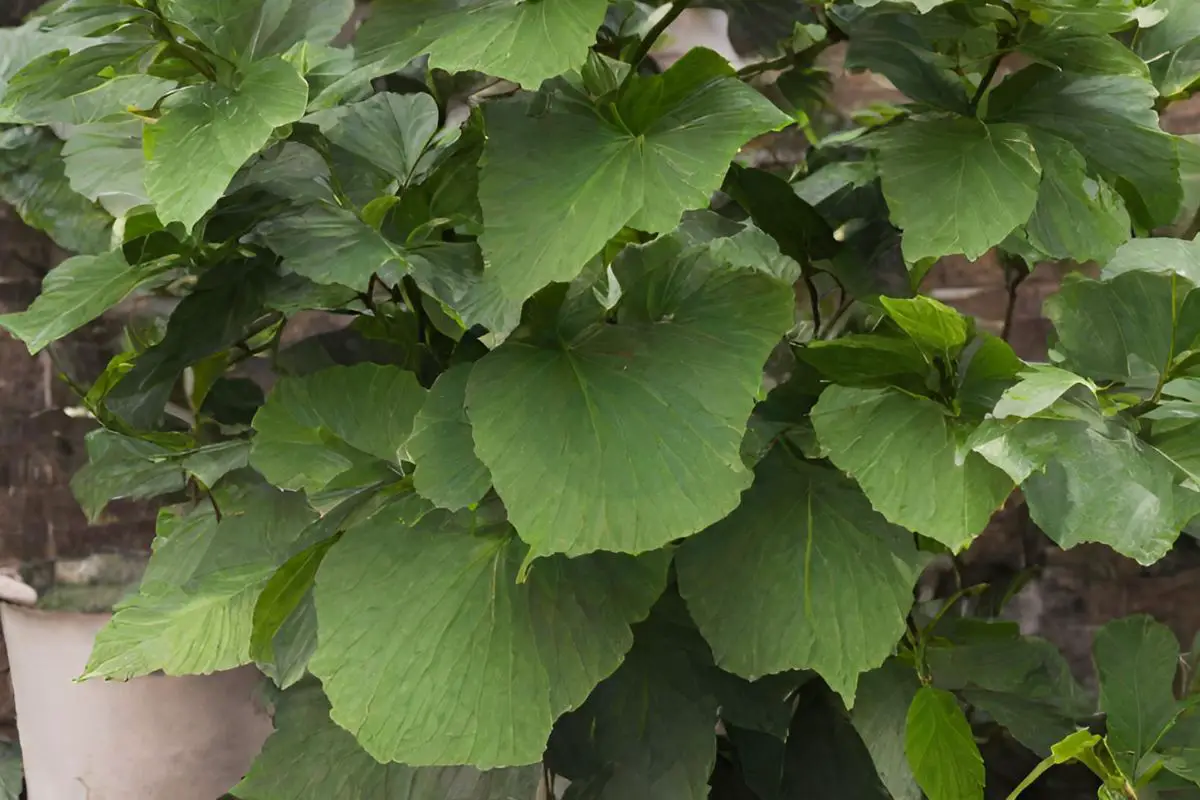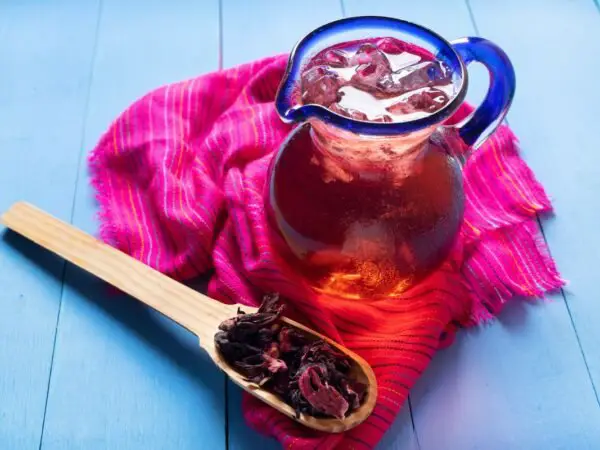
If you're wondering, "Why is my hibiscus not blooming?" - fret not, as we've got you covered. Understanding the reasons behind your hibiscus plant's lack of blooms is crucial to help it thrive and blossom beautifully.
Key Takeaways
- Provide Adequate Sunlight: Ensure your hibiscus plant receives at least 6 hours of sunlight daily for optimal blooming.
- Monitor Watering: Maintain a consistent watering schedule, allowing the soil to dry slightly between waterings to prevent root rot.
- Balanced Nutrition: Feed your hibiscus with a balanced fertilizer high in potassium to promote flowering.
- Prune Wisely: Use proper pruning techniques to encourage new growth and flowering on your hibiscus plant.
- Understand Bud Formation: Address issues like over-pruning or inadequate light that can hinder bud formation and blooming.
- Optimal Indoor Environment: When growing hibiscus indoors, mimic outdoor conditions by providing adequate light and humidity.
Understanding Hibiscus
Plant Basics
Hibiscus plants are known ford their vibrant flowers and glossy leaves. They thrive in warm climates and require ample sunlight. Proper watering is crucial to prevent issues like bud drop.
When it comes to care, hibiscus plants need regular watering but dislike soggy soil. Ensure good drainage to avoid root rot. Pests like aphids and spider mites can trouble hibiscus plants.
Growth Cycle
Recognizing the growth stages of hibiscus is essential. From seedling to mature plant, each phase requires specific care. Blooming usually occurs during spring and summer months.
Factors such as sunlight exposure, temperature, and pruning influence the growth cycles of hibiscus plants. By providing optimal conditions, you can encourage healthy blooming periods.
Common Varieties
Explore the diverse world of hibiscus species, including tropical and hardy varieties. While some boast large, showy blooms, others are more compact with unique foliage. Choose a variety that suits your garden's climate and aesthetic preferences.
When selecting a hibiscus variety, consider factors like flower color, bloom size, growth habit, and cold tolerance. Whether you prefer the classic Hibiscus rosa-sinensis or the delicate Hibiscus syriacus, there's a perfect hibiscus for every garden.
Sunlight Exposure
Ideal Conditions
To ensure healthy blooming of hibiscus, provide the plant with optimal growing conditions. Maintain a temperature range between 60-90°F for best results. Keep humidity levels around 50-60% to support growth.
Creating a suitable habitat is essential for hibiscus plants to bloom. Use well-draining soil rich in organic matter. Regularly fertilize the plant during the growing season to promote flowering.
Adjusting Sunlight
Manage sunlight exposure carefully for your hibiscus. Aim for at least 6 hours of full sun daily to encourage blooming. If necessary, consider providing light shade during the hottest part of the day.
Ensure that your hibiscus receives adequate light without being exposed to direct, intense sunlight all day long. Monitor the plant for any signs of sunburn or leaf damage caused by excessive sun exposure.
Watering Practices
Frequency
Determining the frequency of watering is crucial for hibiscus plants to bloom. Consistent watering helps maintain the plant's health and encourages blooming. Avoid overwatering or underwatering to ensure optimal growth.
To understand the importance of consistent watering, consider the needs of your hibiscus based on its environment. Adjust watering schedules according to weather conditions and soil moisture levels. Monitor the plant closely for signs of dehydration or waterlogging.
Quantity
Measuring the right amount of water for hibiscus is essential for blooming. Avoid excessive watering that can lead to waterlogging the soil, causing root rot and hindering flower production. Maintain proper hydration levels to support healthy growth and vibrant blooms.
Ensure that the soil drains well to prevent water accumulation around the roots. Use a moisture meter or check the soil by hand to determine when it's time to water your hibiscus again. Consistency in providing adequate hydration is key to promoting flowering in your plant.
Nutrient Requirements
Potassium Boost
When it comes to boosting potassium levels for your hibiscus, consider natural sources first. Explore options like banana peels, wood ash, or compost for organic plant nutrition. These methods can significantly enhance blooming without the use of chemicals.
- Utilize organic methods such as compost
- Enhance blooming with natural supplements like banana peels
- Incorporate wood ash to boost potassium levels naturally
When selecting fertilizers, opt for those specifically designed for hibiscus plants. Understand the crucial role fertilizers play in promoting blooming by providing essential nutrients. Remember to apply fertilizers at recommended intervals to maintain optimal plant health.
- Choose fertilizers tailored for hibiscus
- Understand how fertilizers contribute to blooming
- Follow recommended intervals when applying fertilizers
Other Essential Nutrients
Apart from fertilizers, ensure your hibiscus receives other essential nutrients for overall health and blooming. Maintain a balanced diet for your plant by incorporating minerals like magnesium and calcium. These nutrients are vital in boosting blooming and ensuring a vibrant, healthy plant.
- Supplement hibiscus with necessary minerals like magnesium
- Maintain a balanced diet to support overall plant health
- Ensure the plant receives essential nutrients besides fertilizers
Pruning Techniques
Timing
To ensure optimal blooming, schedule watering and fertilization appropriately for your hibiscus plant. Consider seasonal variations in care routines to support healthy growth. By optimizing timing, you can maximize the blooming potential of your hibiscus.
Method
Follow correct methods for watering and fertilizing your hibiscus plant to encourage blooming. Implement effective techniques in plant care, such as proper pruning and pest control. Adopt best practices to promote a vibrant display of blooms on your hibiscus.
Bud Formation Issues
Causes
Hibiscus plants may fail to bloom due to various reasons. Insufficient sunlight is a common cause affecting bud formation. Lack of nutrients like phosphorus can also hinder blooming. Poor pruning techniques may lead to fewer flowers.
Inadequate watering can stress the plant, impacting its ability to bloom. Pests, such as aphids or spider mites, can damage buds and prevent flowering. Improper temperature levels, especially extreme cold, can halt blooming.
Solutions
To address blooming issues, ensure your hibiscus receives at least 6 hours of direct sunlight daily. Use a balanced fertilizer with higher phosphorus content to promote flower production. Adopt proper pruning methods to encourage healthy bud development.
Maintain consistent watering, ensuring the soil is moist but not waterlogged. Combat pests with natural remedies or insecticidal soaps to protect buds. Shield your hibiscus from temperature extremes by providing adequate insulation in colder months.
Indoor Care Tips
Light Management
To optimize blooming, ensure your hibiscus receives adequate light exposure. Adjust lighting conditions by placing the plant near a bright, indirect light source. This promotes healthy growth and encourages blooming.
Maintaining sufficient light is crucial for your hibiscus to thrive. Consider placing the plant in a location that receives at least six hours of sunlight daily. Ensuring proper lighting conditions will support the plant's blooming cycle effectively.
Humidity Control
For optimal blooming, it is essential to control humidity levels around your hibiscus. Maintain a balanced environment by keeping humidity between 50-60%. This prevents issues that may hinder the plant's ability to bloom.
Prevent humidity-related problems that can impact blooming by using a humidifier or placing a tray of water near the plant. Creating a humid environment ensures that your hibiscus remains healthy and ready to produce vibrant blooms.
Encouraging Flowering
Seasonal Tips
Adjust your care routine according to the seasons to maximize blooming potential. For example, in spring, increase watering and provide more sunlight.
Prepare your hibiscus for each season by understanding its specific needs and requirements. During winter, protect it from frost by bringing it indoors or providing adequate insulation.
Optimize blooming by recognizing the ideal conditions for each season. In summer, ensure proper hydration and fertilization to promote abundant blooms.
Long-term Strategies
Develop a comprehensive care plan that ensures your hibiscus thrives in the long run. Consider factors like soil quality, sunlight exposure, and pruning techniques.
Plan ahead for continuous blooming success by implementing consistent care practices. Regularly monitor your plant's health and address any issues promptly.
Establish sustainable practices such as organic fertilization and pest control methods to maintain your hibiscus's overall well-being and encourage regular blooming.
Problem-Solving Guide
Identify common pests such as aphids, spider mites, and whiteflies that can harm hibiscus plants. Implement pest control measures like neem oil or insecticidal soap to eliminate these pests effectively. Prevent pests by regularly inspecting the plant and treating any infestations promptly.
Final Remarks
By understanding the specific needs of your hibiscus plant, such as sunlight exposure, watering practices, nutrient requirements, pruning techniques, and indoor care tips, you can effectively address issues hindering its blooming. Remember to monitor bud formation closely and follow the problem-solving guide provided to troubleshoot any obstacles. Encouraging flowering in your hibiscus requires patience, diligence, and a tailored approach based on its individual requirements.
Take action today by implementing the strategies outlined in this guide to help your hibiscus thrive and bloom vibrantly. Your efforts will not only result in a healthier and more beautiful plant but also bring you joy and satisfaction as you witness the successful flowering of your beloved hibiscus.
Frequently Asked Questions
Why is my hibiscus not blooming?
Hibiscus may not bloom due to insufficient sunlight, improper watering, lack of nutrients, or pruning at the wrong time. Check these factors and adjust care accordingly for optimal blooming.
How much sunlight does a hibiscus plant need?
Hibiscus plants require at least 6 hours of direct sunlight daily to bloom profusely. Place them in a location where they can receive ample sunlight to encourage flowering.
What are the best watering practices for hibiscus?
Water hibiscus deeply but infrequently, allowing the soil to dry slightly between waterings. Avoid overwatering, as it can lead to root rot and hinder blooming.
How can I encourage bud formation on my hibiscus plant?
To promote bud formation, ensure your hibiscus receives adequate sunlight, regular watering, and balanced fertilization. Pruning selectively and providing proper care will help stimulate bud development.
When should I prune my hibiscus plant for optimal flowering?
Prune your hibiscus after the blooming season ends to encourage new growth and flower production. Remove dead or weak branches and shape the plant as needed while avoiding excessive trimming.
Image Source: Paid image from CANVA




